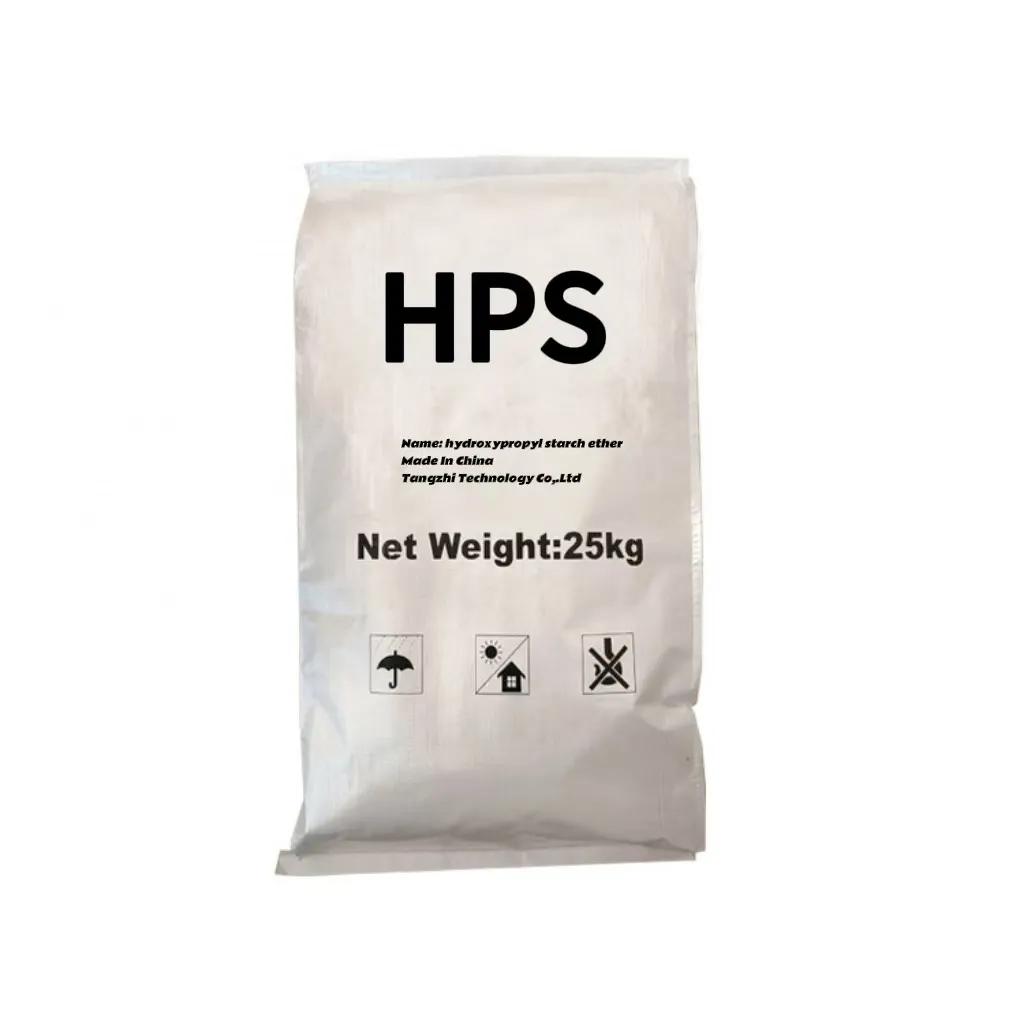
In the global push for eco-friendly building practices, hydroxypropyl starch has emerged as a g
View More

In the global push for eco-friendly building practices, hydroxypropyl starch has emerged as a g
View More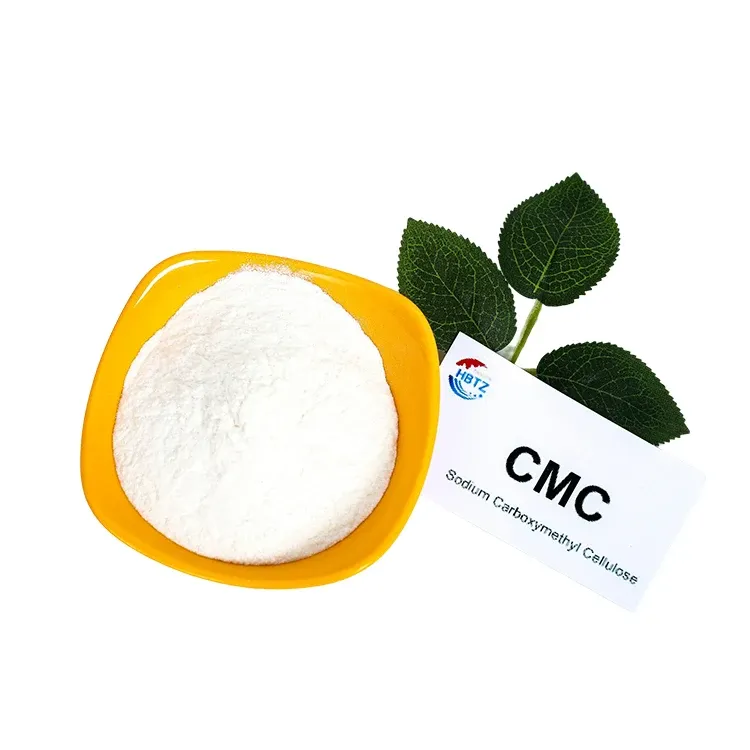
CMC (Carboxy Methyl Cellulose), a versatile water-soluble CMC polymer, is widely used in indust
View More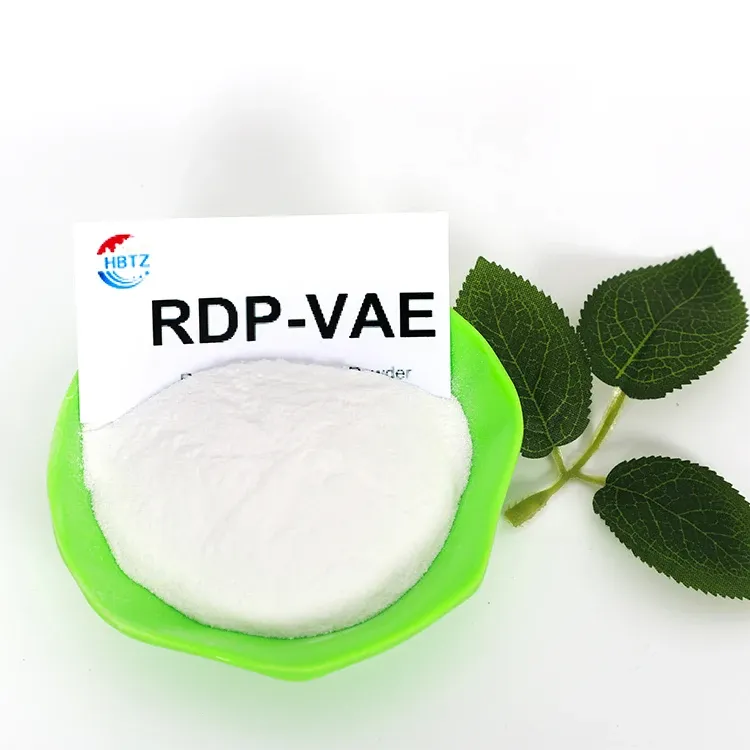
Water retention is a make-or-break factor in mortar, tile adhesive, and other cement-based materials
View More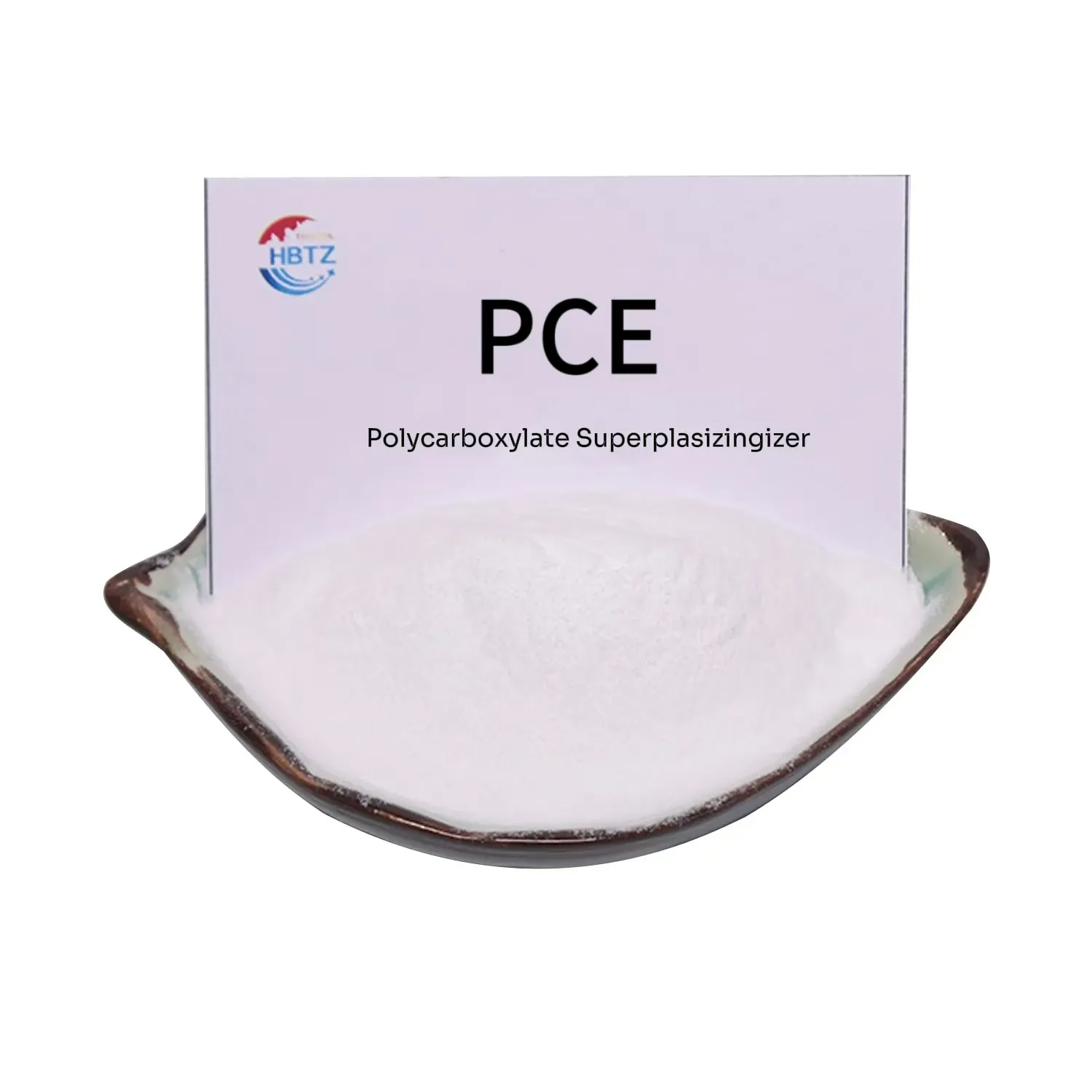
Polycarboxylate water reducer—with polycarboxylate ether as its core active component&mda
View More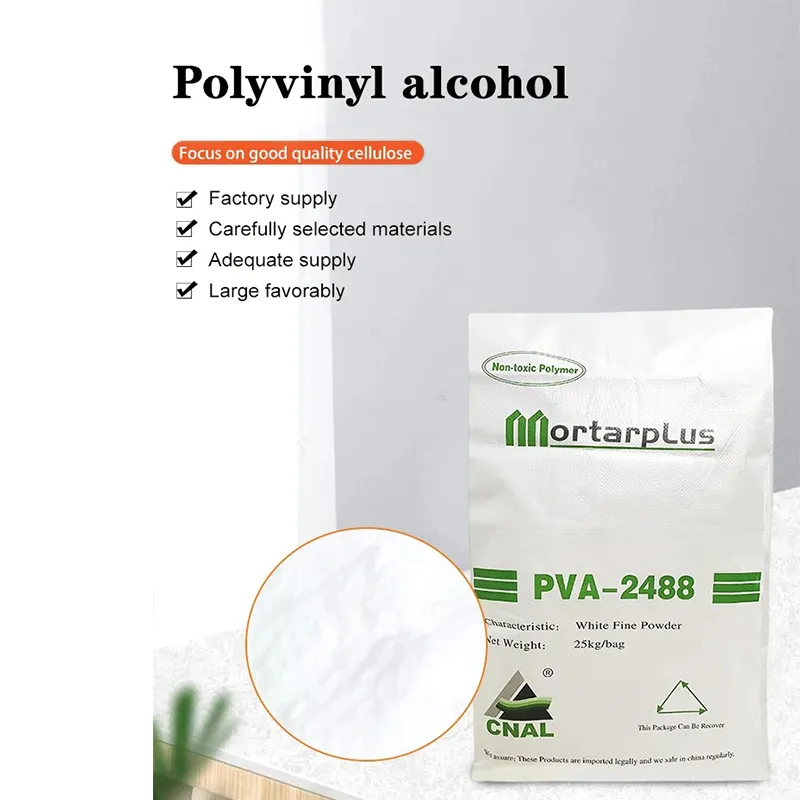
Polyvinyl alcohol (often referred to as polyviny alcohol in industrial contexts) is a versatile
View More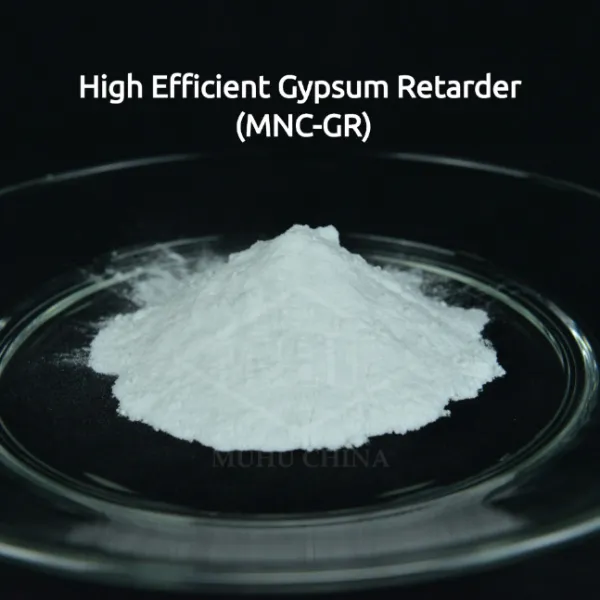
Gypsum-based mortar is a staple in construction, valued for its workability and bonding strength&mda
View More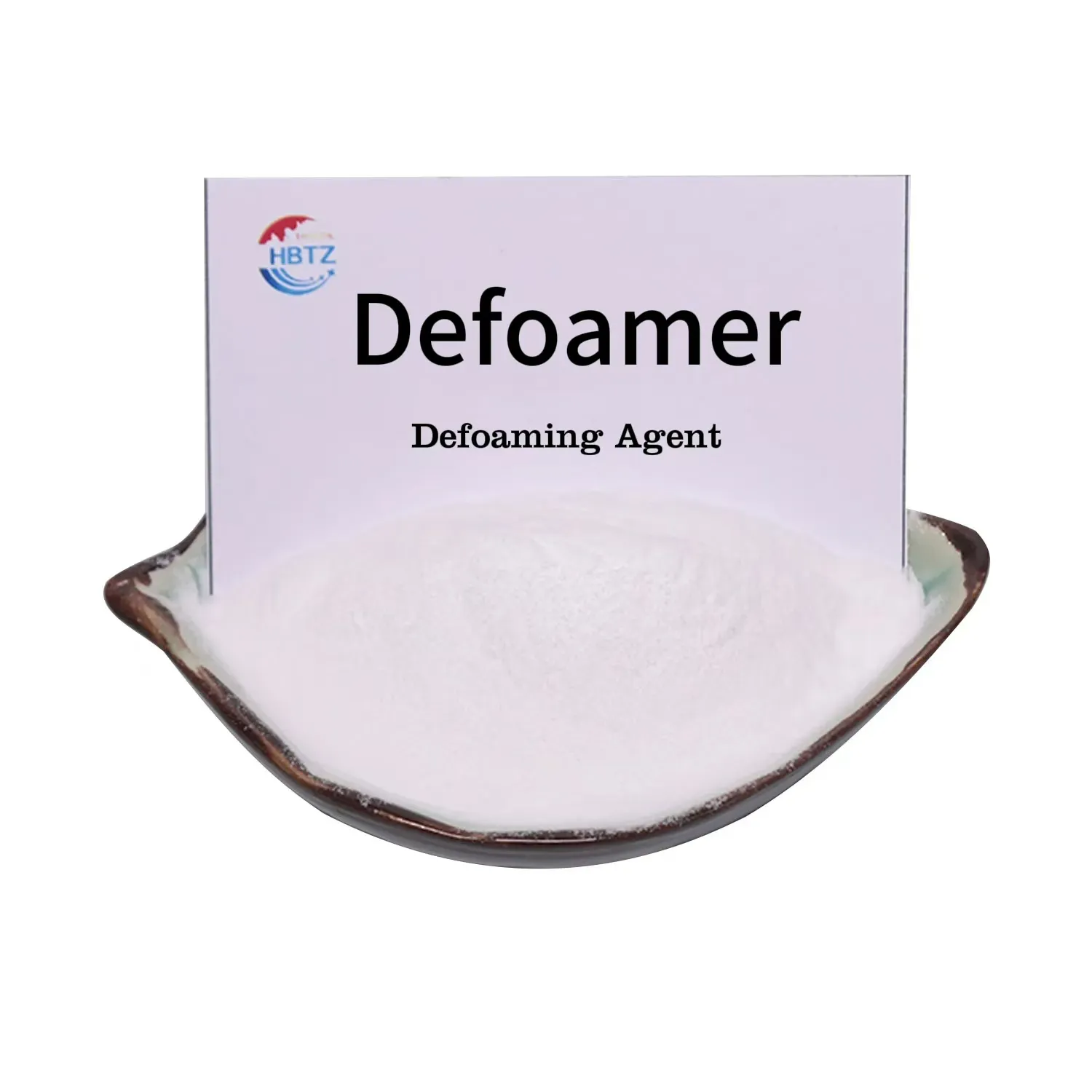
Foam is a persistent enemy in paper production—clogging machinery, creating uneven paper surfa
View More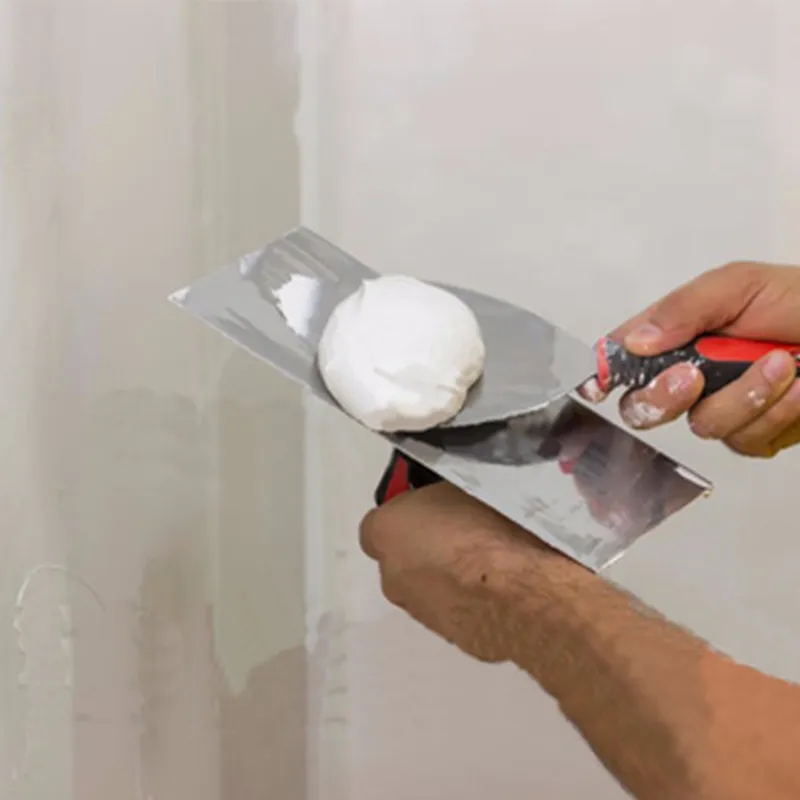
Gypsum-based materials in nuclear chemical applications—such as radiation-shielding gypsum boa
View More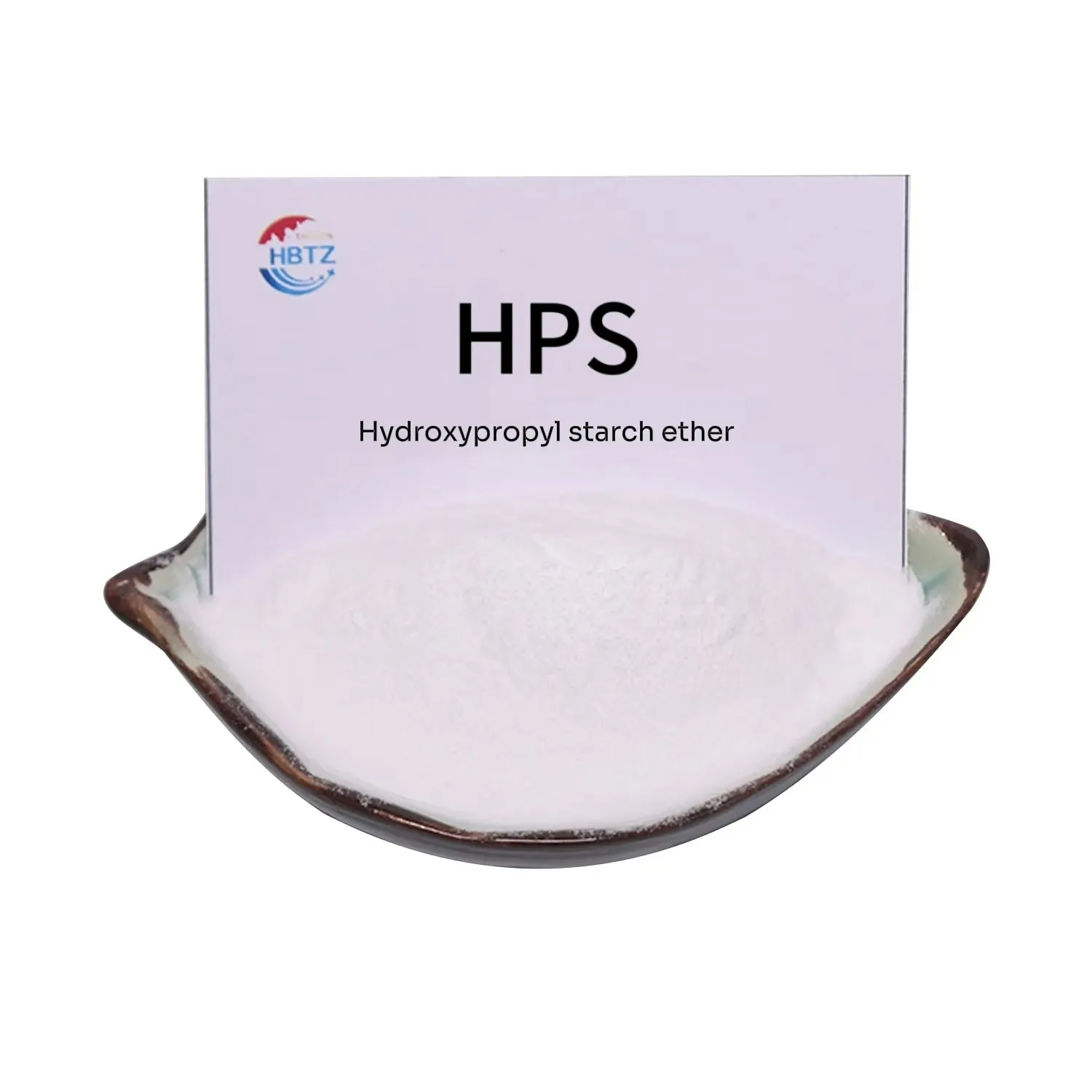
Mortar modification for nuclear chemical applications demands materials that balance mechanical stre
View More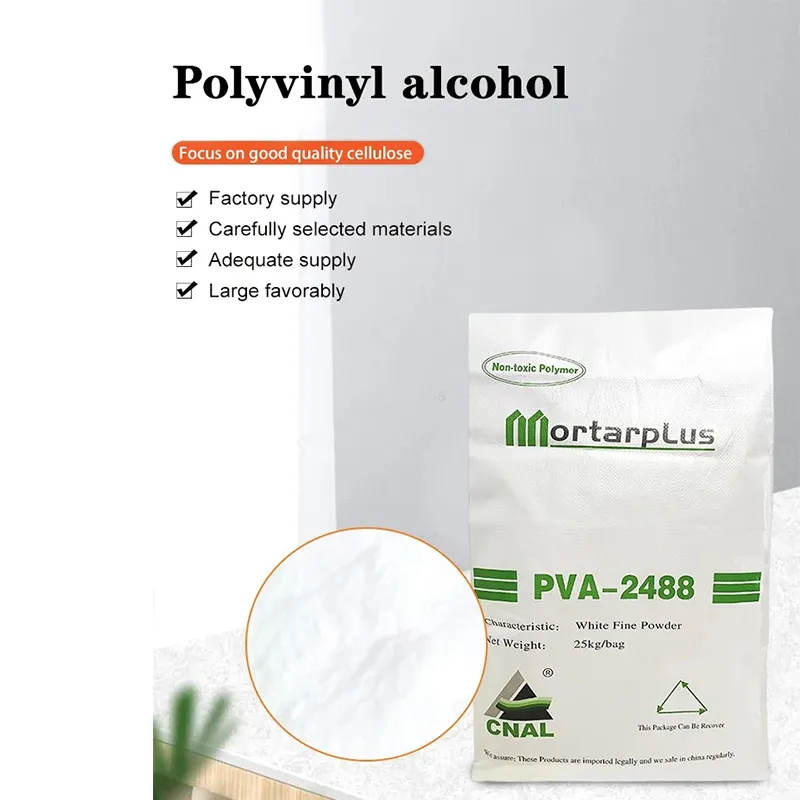
Polyvinyl alcohol powder has emerged as a critical raw material for ultrafiltration membranes i
View More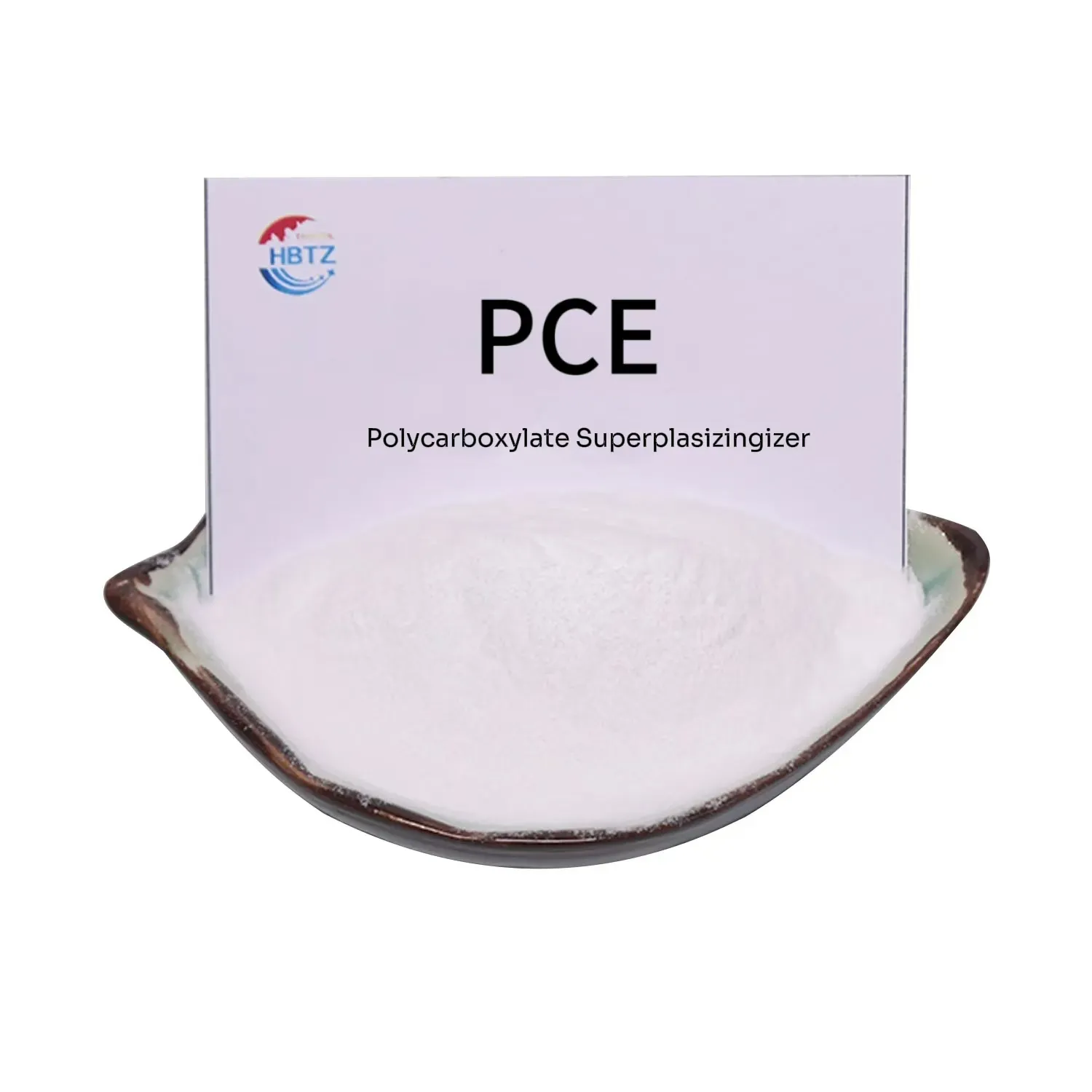
Polycarboxylate ether (a high-performance derivative of polycarboxylate) has become a pivotal m
View More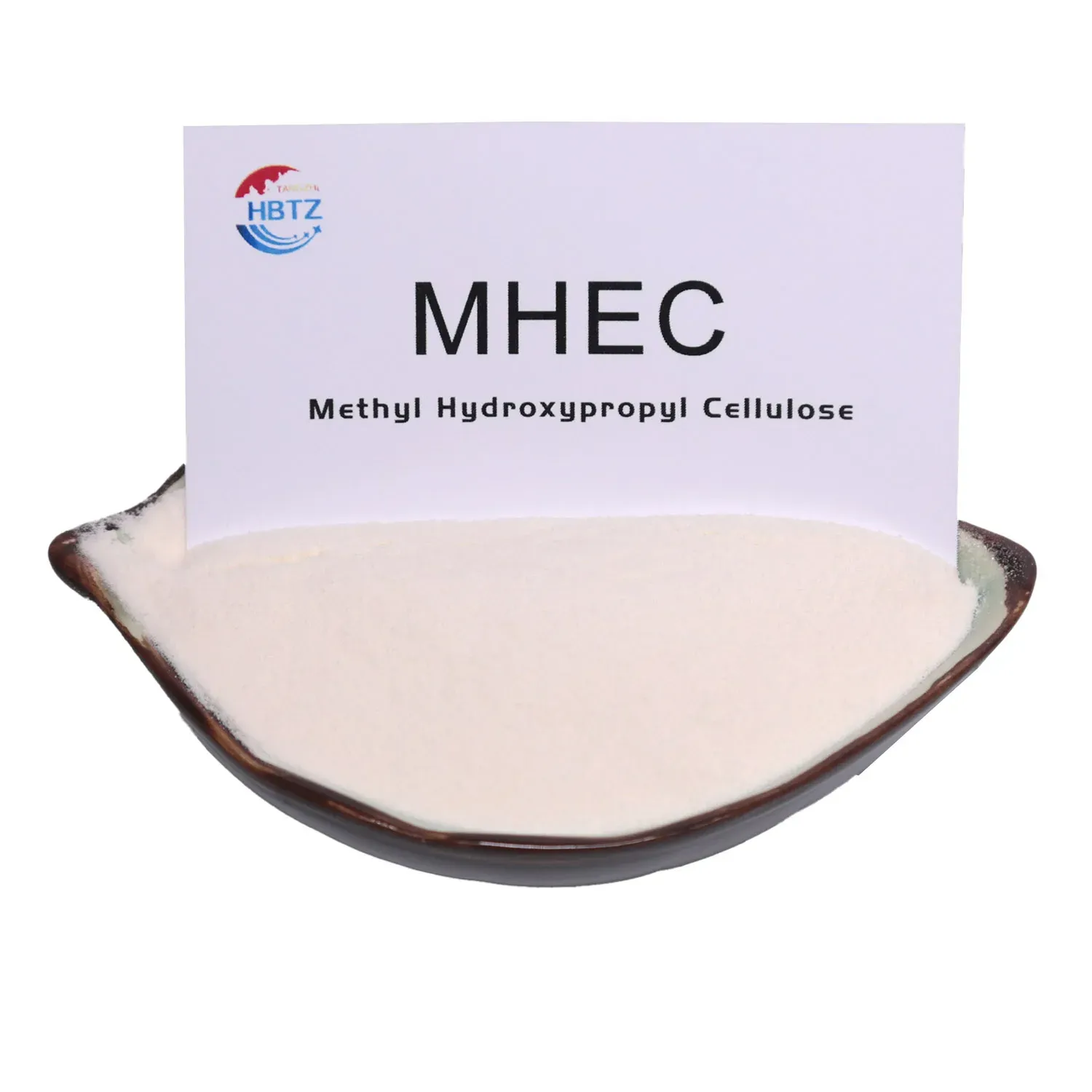
Chemical mhec (Hydroxyethyl methyl cellulose, CAS 9032-42-2) has emerged as a reliable function
View More